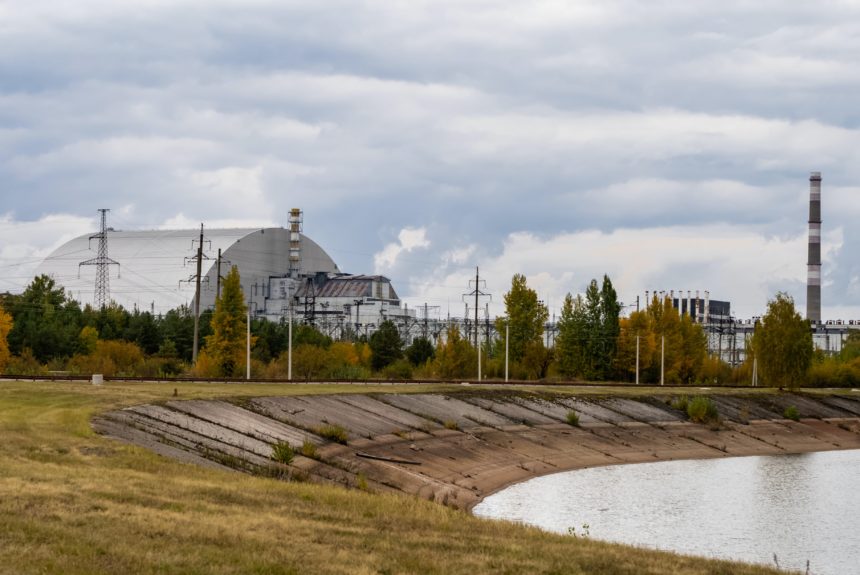In 1934, Enrico Fermi first discovered that neutrons could be used to split atoms. About 8 years later, he led a team to achieve the first nuclear chain reaction. This historic achievement was the start of nuclear energy’s adoption as a sustainable and clean energy option.
On April 26th, 1986 a disastrous meltdown in Chernobyl, formerly part of the Soviet Union, caused the public perception of the safety of nuclear energy to shift dramatically. The Soviet’s flawed reactor design, paired with their inadequately trained personnel, resulted in a catastrophic meltdown. The radiation leak was so extensive that many scientists determined that it would take decades for the surrounding area to be marginally inhabitable and an estimated 20,000 years for the radiation under reactor 4 to decay to a safe level. This disaster has plagued the advancement of nuclear energy, even as technology and safety have vastly improved. During the last 18,500 cumulative reactor years there have been only two major accidents resulting in the release of radiation beyond background levels, Fukushima Daiichi, whose accident was caused by a tsunami, and Chernobyl.
>>>READ:Finland Bets on Nuclear Energy and The US Should Do the Same
In 2019, Exlterra (Excellence for Earth), a Swiss company with operations in the US, began installation and implementation of a Nucleus Separation Passive System (NSPS) in Chernobyl, Ukraine. In partnership with the State Specialized Enterprise Ecocentre (SSE Ecocentre), Exlterra tested NSPS on a 2.5 acre (1 hectacre) plot. NSPS uses naturally occurring high velocity particles (positrons) under the ground to break up radioactive isotopes, speeding up the rate of decay but also lessening radiation in the soil and preventing the radiation from being released into the air. The system is installed as a series of tubes in the ground using renewable energy sources already present, with NSPS simply increasing the speed of a naturally occurring process.
“For the first time in 35 years, we, together with counterparts from Exlterra, have installed such a technology in the exclusion zone of Chernobyl. The scientific process is completely unprecedented and original and seven months after completion of the installation, measurement of radioactive contamination at the site began,” said Sergiy Kirieiev, director general of the SSE Ecocentre in Chernobyl.
Exlterra estimates that they can restore the soil and air around Chernobyl to naturally occurring radioactive levels within 5 years. In a period of 7 months since NSPS was implemented, radioactive soil pollution dropped by an average of 36% and radioactive air pollution dropped by an average of 47%. Exlterra estimates that the degree of decay that will occur within the next 5 years, would have taken 24,000 years without any intervention.
>>>Watch Exlterra’s technology at work in Chernobyl
“The technology we have installed in Chernobyl is working with nature.” – Andrew Niemcyk, President and CTO of Exlterra.
This is an incredible example of the private sector stepping in to solve a problem for which the public sector could not find a solution. Not only is this NSPS technology from Exlterra a promising solution, but it is also a natural solution to the problem, mitigating concerns and lessening the possibility that it could have any of its own adverse effects.
The revolutionary NSPS technology from Exlterra could lead to people once again inhabiting a clean and thriving Chernobyl in the very near future. Private companies like Exlterra are showing the way to a cleaner, greener environment.
Clark Strawser is a contributor to C3 and Adjunct Professor with the Helm’s School of Government at Liberty University. Follow him on Twitter @ClarkStrawser.
The views and opinions expressed are those of the author’s and do not necessarily reflect the official policy or position of C3.
